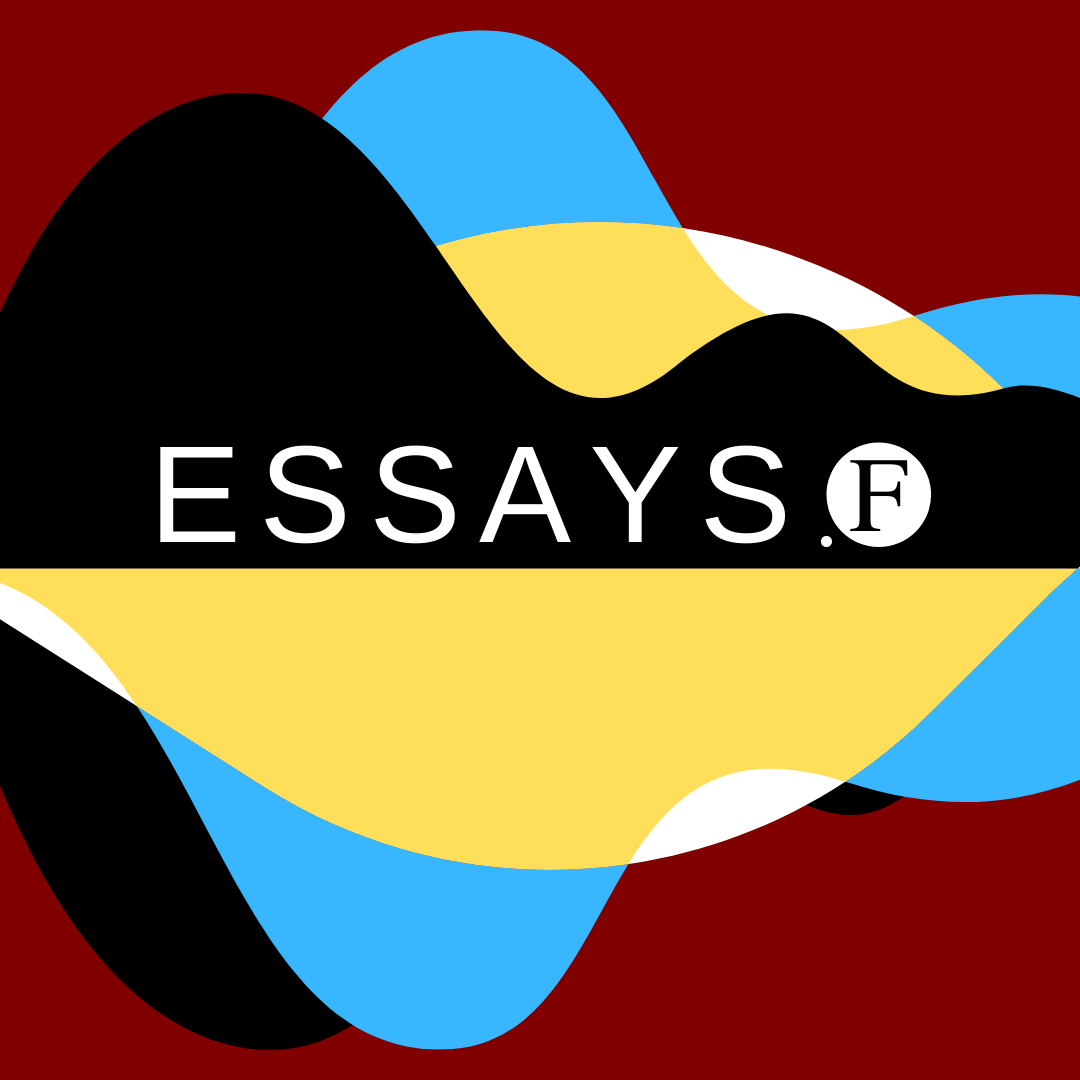How to Express Your Emotions in Writing
Trip Glazer offers a philosophical defence of the exclamation mark
The grammar mavens of the internet are of two minds about the use of exclamation marks in written communication. The ‘moralists’ insist that we must use them as sparingly as possible, while the ‘pragmatists’ lament that the moralists’ battle has been lost, and advise us to pepper our emails with exclamation marks lest we come off sounding brusque or unengaged in contrast to our more exclamatory peers. But nearly all the grammar mavens agree that exclamation marks are overused, and thus inappropriately used, in written communication.
I’m going to argue that the grammar mavens are mistaken about exclamation marks, and that this mistake reflects a more general misunderstanding of how we express our emotions in writing. On my view, we express our emotions in writing by finding ways of substituting for the facial expressions, tones of voice, and gestures that express our emotions in face-to-face communication. Exclamation marks provide a simple yet reliable means of substituting for an excited tone of voice, thereby enabling a written message to more closely mirror an enthusiastically spoken one.
To begin, consider how we express our emotions in face-to-face communication. Imagine that it’s Maria’s birthday, and that you’ve given her a gift. As she tears away the wrapping paper, you scrutinize her face to ascertain her emotional reaction. Her eyebrows raise, and her eyes open wide. She tilts her head up to make eye contact with you, and she grins, revealing a row of sparkling teeth. A giggle escapes her mouth before she says, quietly, ‘I can’t believe you got this for me’. She shakes her head back and forth, still grinning. ‘I love it!’, she blurts out. Maria closes her mouth and looks down, but she continues to smile as she examines the gift more closely.
Maria’s behaviour in this example is incredibly expressive. You can see, clear as day, that she at first surprised, then overjoyed, and finally grateful. At the same time, I think that it’s fair to say that Maria is quite inarticulate about her emotions. She says only two sentences—‘I can’t believe you got this for me’ and ‘I love it’—and neither is particularly poetic or descriptive. I say this not to fault Maria, but rather to show that in face-to-face communication, our non-linguistic behaviours often speak louder than our words can. Imagine for a moment that Maria had responded with more articulate language but without the same facial expressions and vocalizations. Imagine that after she opened the gift, she asserted, in a neutral tone of voice and with a straight face, ‘Lo, I am awash with appreciation’. This reaction is considerably less expressive, not more. (The grammar mavens advise that we should ‘use our words’ rather than relying on exclamation marks to express our emotions in writing, but how absurd would it be to scold Maria for using her face and tone, rather than her words, to express her emotions?)
Ludwig Wittgenstein once wrote,
‘We see emotion.’—As opposed to what?—We do not see facial contortions and make the inference that he is feeling joy, grief, boredom. We describe a face immediately as sad, radiant, bored, even when we are unable to give any other description of the features.—Grief, one would like to say, is personified in the face.
Wittgenstein recognized that emotional expression is something deeply corporeal. We express our emotions in face-to-face communication by contorting our faces, by altering our voices, and by gesturing with our bodies in ways that allow observers to see and hear our emotions. Newen, Welpinghus, and Juckel argue that emotion recognition is ultimately a form of pattern recognition. We recognize faces as happy or sad in the way that we recognize faces as belonging to old friends.
Expression, like good writing, is a matter of showing not telling. If we express our emotions in face-to-face communication by showing what we feel on our faces, in our voices, and through our gestures—and not merely by verbalizing our emotions—then to express our emotions in writing we must find a way of showing—and not merely telling—what we feel. In written communication we have our faces tied behind our backs, so to speak. We can communicate in words and symbols, but not in those corporeal patterns that enable others to perceive our emotions directly. To show our emotions in writing, then, we must find ways of substituting for those corporeal patterns—for artificially adding a level of corporeal depth to our words. When we succeed, we enable our readers to imagine seeing and hearing us speak the words we write, and we thereby enable them to imagine seeing and hearing the emotions personified on our faces and in our voices. (In my research I dub written expressions of emotions ‘virtual expressions’, since our writings make our bodies virtually, rather than physically, present to an audience.) There’s an easy way to express emotions in writing, and a hard way.
The easy techniques are typographical. We use punctuation marks to substitute for the rhythm and tone of spoken language. Commas, ellipses, and dashes create pauses within sentences, which mimic natural pauses in speech. Exclamation marks allow readers to imagine a sentence being read in an excited, agitated, or forceful tone of voice. Consider the following passage from Oscar Wilde: ‘Words! Mere words! How terrible they were! How clear, and vivid, and cruel! One could not escape from them. And yet what a subtle magic there was in them!’. Now compare: ‘Words. Mere words. How terrible they were. How clear, and vivid, and cruel. One could not escape from them. And yet what a subtle magic there was in them.’. The original version is far more expressive than the second, and it is more expressive because in reading this version you can ‘hear’ the words as Oscar Wilde might have spoken them. The exclamation marks add corporeal depth to the words, and the text now communicates emotion in a way that more closely mirrors the way we communicate emotion in face-to-face communication.
Similarly, we can use typographic stylings, such as italics or bolding, to emphasize words in a way that mimics speech. Compare the sentence ‘I hate you’ with ‘I hate you!’. The first could just as well be said in good fun; the second seeps with disdain. In reading the second you imagine these words being spoken, and you imagine hearing the hatred in the speaker’s tone. Finally, we can even use emoji to substitute for facial expressions of emotion. By inserting a smiley-face into an email, an author enables her reader to imagine her speaking her words with a smile, which may help the reader to grasp the author’s intended meaning.
The aforementioned methods of expressing emotions in writing are easy because they are conventional. There is a fairly straightforward and widely understood procedure involved, which just about any author can implement. But there are also more difficult methods of virtual expression, which require creativity and a way with words. These methods are lexical as opposed to typographical. Often, they involve the use of imagery. By selecting precisely the right words, an author can create a textured image that the reader can imagine seeing as she reads.
Consider the following lines from Maya Angelou’s poem, ‘Still I Rise’:
Did you want to see me broken?
Bowed head and lowered eyes?
Shoulders falling down like teardrops.
Weakened by my soulful cries.
These lines are incredibly expressive, and they are expressive because they enable you to ‘see’ Angelou’s corporeal expressions of anguish. Now compare the experience of reading those lines to that of reading ‘Solitude’ by Ella Wheeler Wilcox:
Laugh, and the world laughs with you;
Weep, and you weep alone;
For the sad old earth must borrow its mirth,
But has trouble enough of its own.
Sing, and the hills will answer;
Sigh, it is lost on the air;
The echoes bound to a joyful sound,
But shrink from voicing care.
This poem encourages an even greater flight of fancy. It personifies a landscape with emotionally expressive movements, enabling you to ‘see’ the earth slumping and ‘hear’ the wind sighing. As a reader, you see through the words into an image that they create, and it is in this image that emotions are shown and expressed, and not merely told.
The grammar mavens complain that the use of exclamation marks is vulgar and unrefined—that we should use our words to communicate our feelings. The poets may succeed in expressing their emotions lexically, but the rest of us will have a harder time of doing so—and in any case, poetic aloofness is surely less appropriate for many contexts of writing than are exclamation marks. The truth is that exclamation marks add a dimension of emotional depth to written texts by enabling readers to ‘hear’ words as they would be spoken in face-to-face communication—replete with those facial expressions, tones of voice, and gestures that enable observers to see and hear emotions. As I see it, the norms that govern the use of exclamation marks in writing ought to be the same norms that govern the use of expressive tones of voice in face-to-face communication. If it’s appropriate to speak in an overtly excited, agitated, or otherwise forceful tone, then it should also be appropriate to conclude the writing of those same words with an exclamation mark. The purpose of the exclamation mark is to make the written message more like the spoken one, since it is in the latter that our emotions truly come alive.
The Source Code
This essay is based on the article ‘On the Virtual Expression of Emotion in Writing’ by Trip Glazer, published in the British Journal of Aesthetics.







2 Comments